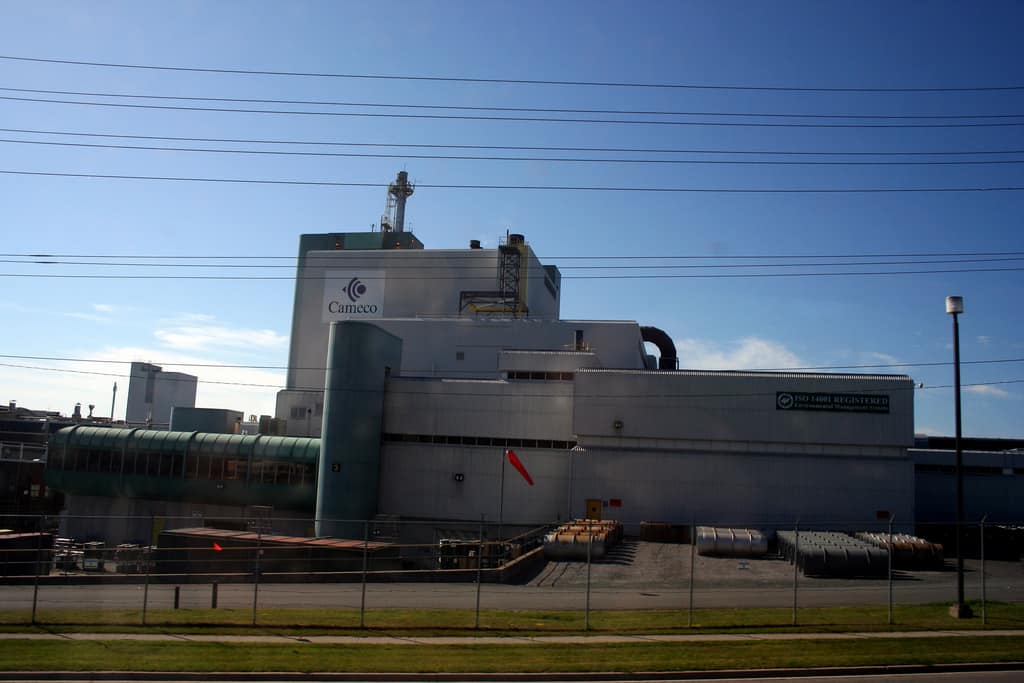On March 11th 2011, a tsunami stemming from a 9.1 magnitude earthquake off the coast of Japan disabled the emergency generators of the Fukushima Nuclear Power Plant, causing three nuclear meltdowns and the release of radioactive material in what was the worst nuclear disaster since the Chernobyl incident in 1986.
The nuclear power industry has hardly been the same since. In the period leading up to the Fukushima disaster, nuclear power had been viewed as a viable ‘clean’ energy alternative to fossil fuels. However, in the years following the disaster many politicians following the wishes of their constituents are no longer interested in having a nuclear power facility in their own backyard.
Since the 2011 tragedy, Germany has permanently shut down eight of its 17 reactors with plans to close all remaining plants by 2022. Spain and Switzerland made the decision to ban the construction of all new reactors, and Japan’s political leadership has called for a dramatic reduction in reliance on nuclear power following Fukushima. Meanwhile the U.S. outlook for nuclear power remains murky, at best, given aggressive subsidies handed out to both wind and solar programs.
All this leaves little hope for uranium miners like Cameco Corp (TSX:CCO)(NYSE:CCJ) who depend on the health of the nuclear power industry as the key market for uranium consumption. Cameco’s shares have fallen from a high of $39 in 2011 all the way to $15 today, or a loss of over 60% for investors who held Cameco stock over that period.
For the perennial optimist, several emerging market countries have not completely abandoned their nuclear power programs just yet. In fact, the World Nuclear Association claims that over 45 countries are actively considering embarking on nuclear programs including 20 countries that do not currently have a nuclear program in place citing the United Arab Emirates, Turkey, Belarus and Poland as frontrunners of this movement.
Yet patient investors are still waiting for a catalyst in uranium prices. Following Japan’s shift away from nuclear, the market has seen a glut of uranium being traded in the secondary market keeping spot prices depressed. While companies like Cameco don’t often trade actively in the spot market, long-term contracts have fallen as well, dropping by more than 20% over the past year alone.
Making matters worse for Cameco and uranium miners is the massive surplus of natural gas that has flooded the market in the wake of the U.S. shale boom. Cheap natural gas has emerged as a new threat to nuclear energy in North America and with many LNG export terminals currently under construction many expect cheap natural gas to make its way to overseas markets in the not too distant future.
Should you buy?
All this makes an investment in Cameco right now a dangerous endeavour. Shares are trading near 10-year lows amidst earnings that have fallen dramatically over the past three years and are now in the red. For those investors more concerned about income returns, Cameco shares offer a paltry 2.7% yield with no dividend increases since the beginning of 2011. Make no mistake about it, Cameco and its shareholders may soon realize they have nuclear meltdown on their hands.








